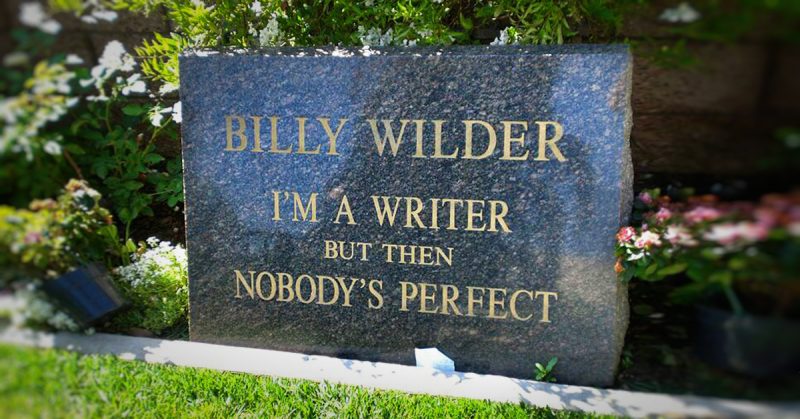We can say this much for death: It gives us the chance to (finally) have the last word.
And these well-known figures made the most of it with gravestone etchings that are pithy, provocative, and pretty unforgettable.
Mel Blanc: That’s All Folks!
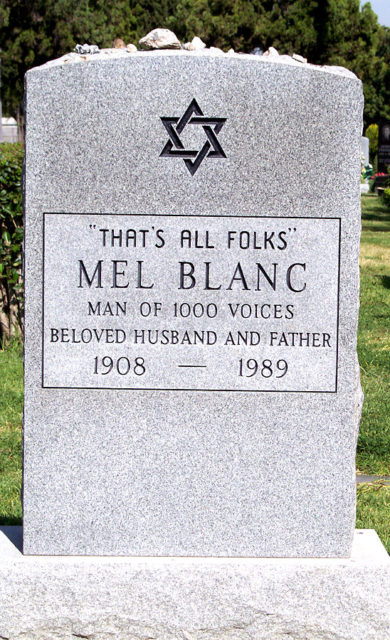
Some epitaphs pretty much write themselves. Blanc, the voice of Bugs Bunny and Porky Pig just lifted the words he ba-dee-ba-dee ba-dee shouted at the end of each Warner Brothers cartoon.
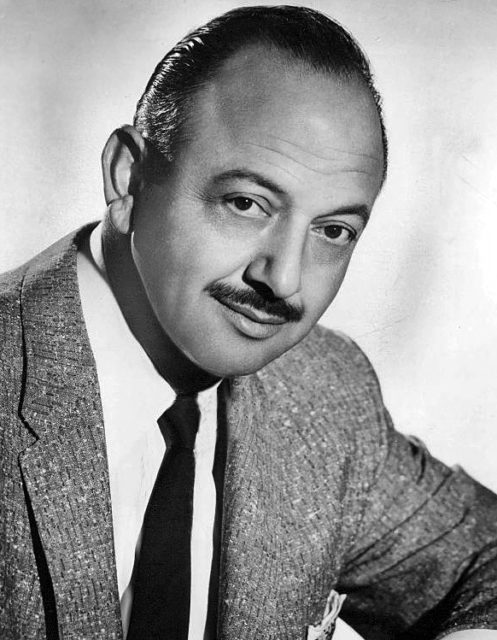
[Hollywood Forever Cemetery, Los Angeles, CA]
Bette Davis: She did things the hard way.
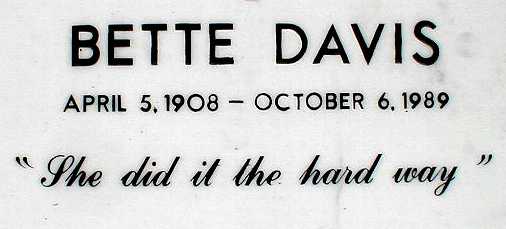
No kidding. The greatest actress of her generation didn’t just tussle with Whatever Happened to Baby Jane? co-star Joan Crawford.
In 1937, not thrilled with the roles she was being offered, Davis sued Warner Brothers to break free of her contract — setting into motion the end of the all-powerful studio system.
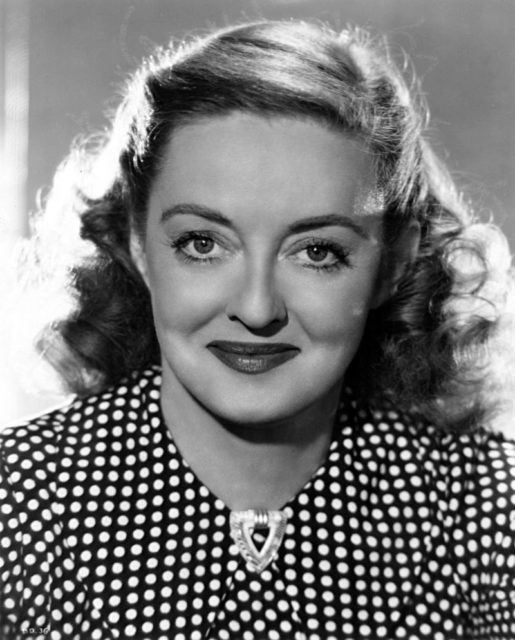
(A delicious bit of irony: Before her death in 1989, Davis chose a burial plot with a nice view of her old stomping ground, the WB Lot.)
[Forest Lawn Memorial Park, Hollywood Hills, CA]
Martin Luther King, Jr.: Free at least, Free at last, Thank God Almighty I’m Free at Last.
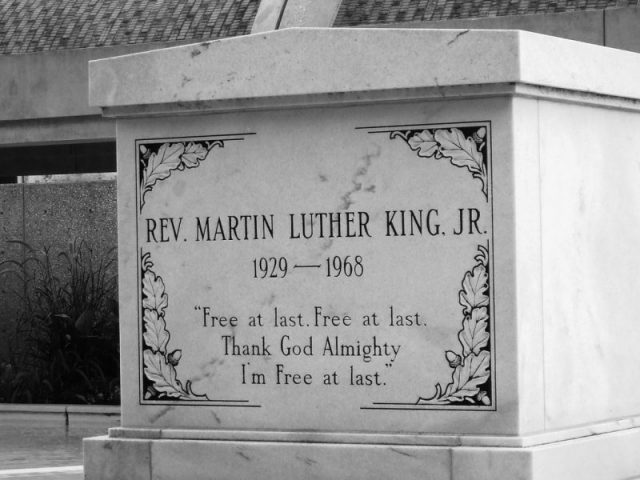
How very fitting: The inspirational — and immortal — words that the eloquent civil rights leader delivered on the steps of the Lincoln Memorial, in 1963, are etched into his tombstone.
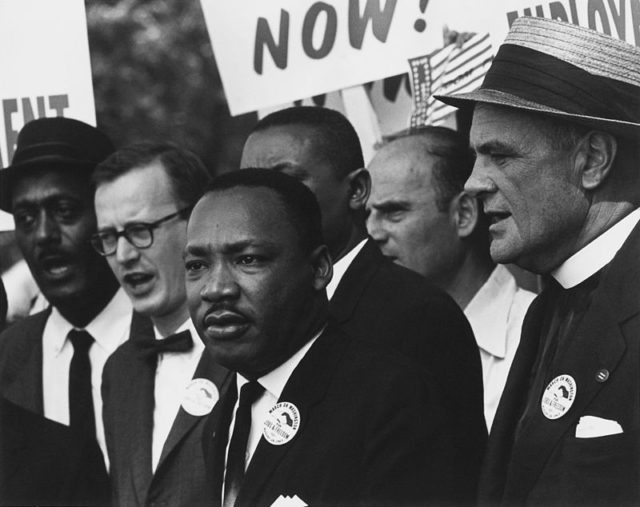
[National Historical Park, Atlanta, GA]
Rodney Dangerfield: There goes the neighborhood.
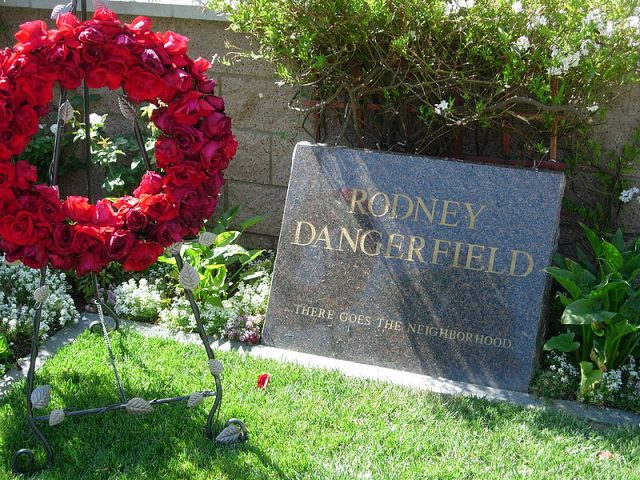
This was the final punchline from the self-deprecating comedienne, whose well-known catchphrase was “I don’t get no respect.”
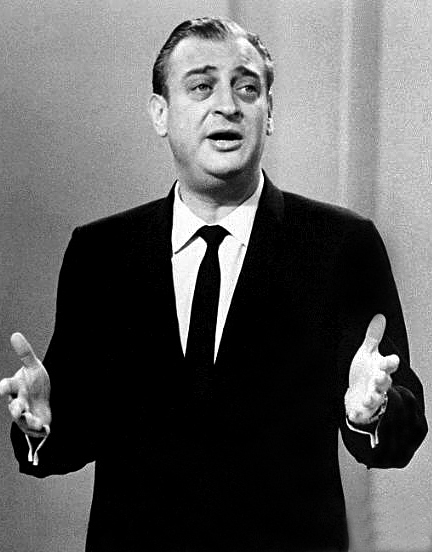
It was fitting then that shortly after Dangerfield’s death, his widow held an event in which the word Respect was written in the sky, as guests released butterflies into the air.
[Westwood Village Memorial Park, Los Angeles, CA]
William Shakespeare
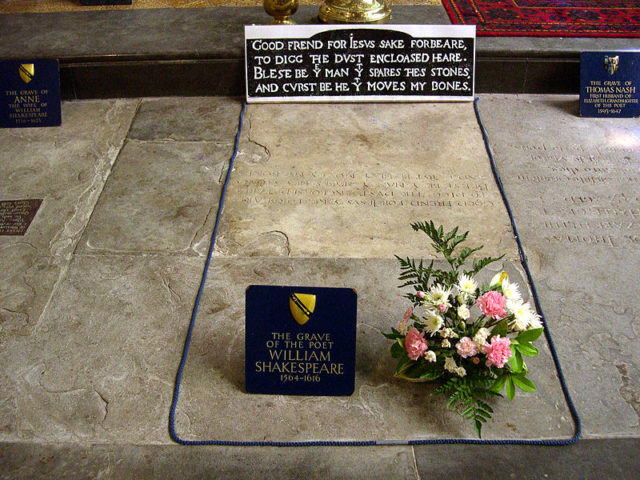
Good friend for Jesus sake forbear, To dig the dust enclosed here. Bless be the man that spares these stones, And cursed be he that moves my bones.

The Bard was no fool. He actually penned this clever couplet to prevent his corpse from being dug up for research purposes — a pretty common (ewww!) activity during the 1600s.
[Holy Trinity Church in Stratford, Warwickshire]
Jack Lemmon: In
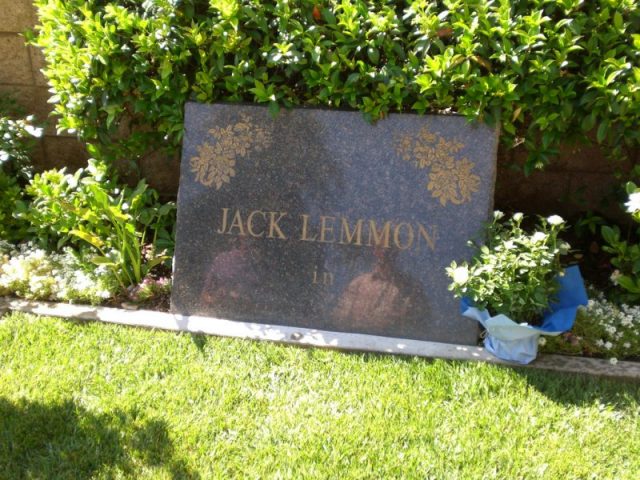
Succinct and clever — perfect for movies’ Everyman. Lemmon’s pal and frequent co-star, Walter Matthau, is buried nearby.
[Westwood Village Memorial Park, Los Angeles, CA]
Robert Frost: I had a lover’s quarrel with the world.

The line came from one of the four-time Pulitzer Prize-winning poet’s less-well-known works, “The Lesson for Today.” The proceeding line: “I would have written of me on my stone: I had a lover’s quarrel with the world.” Frost was, you might say, true to his word.
[Old Bennington Cemetery, Bennington, VT]
Frank Sinatra: The best is yet to come.
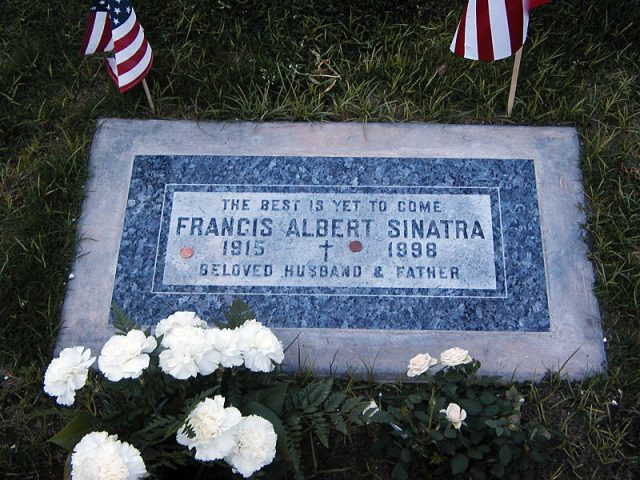
Song lyric and final wish. (Admit it, you thought it’d be “I did it my way,” right?)
[Desert Memorial Park, Palm Springs, CA]
F. Scott Fitzgerald: So we beat on, boats against the current, borne back ceaselessly into the past.
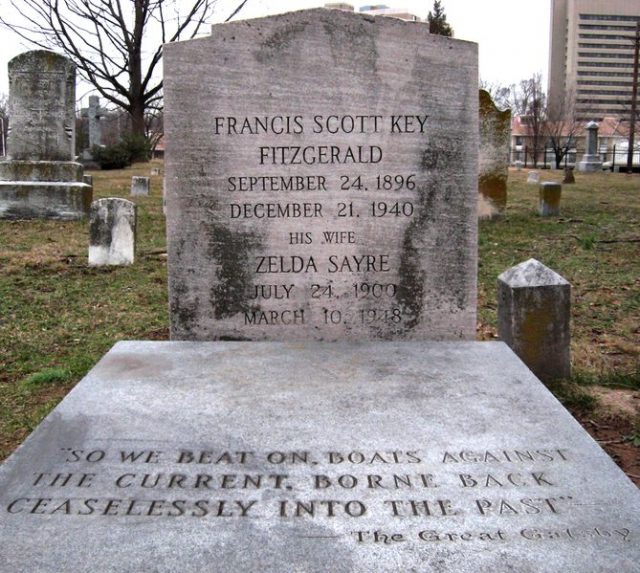
The legendary closing line of the novelist’s greatest work, The Great Gatsby, would become his epitaph.
[Old Saint Mary’s Catholic Church Cemetery, Rockville, MD]
Ludolph van Ceulen: 3.14159265358979323846264338327950288
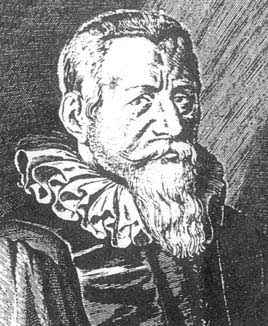
The German-Dutch mathematician was the first brainiac to calculate the value of Π (or pi) to 35 numbers. He was so stoked by his discovery that he decided to have those very digits etched into his tombstone.
[Pieterskerk, Leiden, South Holland, Netherlands]
Lucille Ball: You’ve Come Home

A touching double-entendre: The famous redhead was originally buried in Forest Lawn Memorial Park in Hollywood, but her ashes were moved in 2003 to her New York birthplace (residing in the same plot as her parents, grandparents, and brother).
[Lakeview Cemetery, Jamestown, NY]
Jesse James: Murdered by a traitor and a coward whose name is not worthy to appear here.
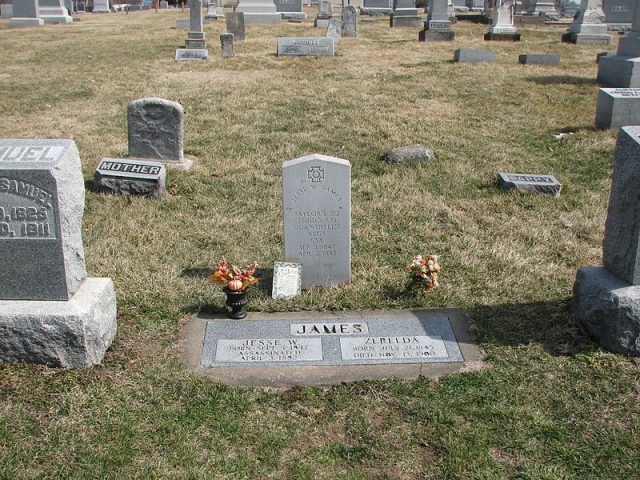
The man of which the gunslinger will not speak: Robert Ford, a member of his posse, who shot the unarmed outlaw in the back of the head, as he was cleaning a dusty picture above his mantel. The words etched into Ford’s tombstone would read: “The man who shot Jesse James.”
[Mount Olivet Cemetery, Kearney, MO]
Rita Hayworth: To yesterday’s companionship and tomorrow’s reunion.
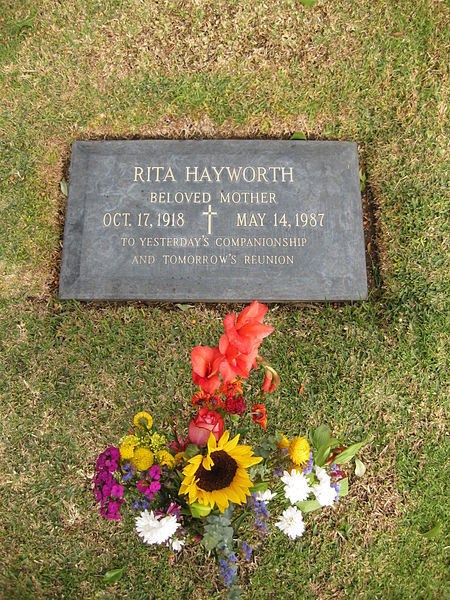
Wonder which of her exes (James Hill, Dick Haymes, Prince Aly Khan, Orson Welles, or Edward C. Judson) the oft-married Forties sex symbol was thinking of when she came up with this tender sentiment?
[Holy Cross Cemetery, Culver City, CA]
Merv Griffin: I will not be right back after this message.
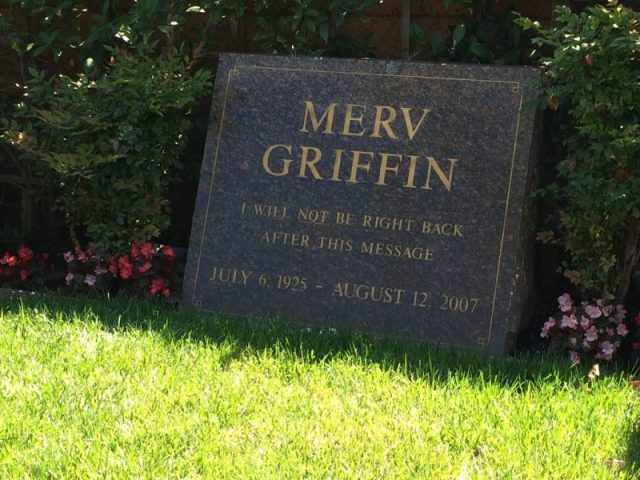
The final sign-off for this talk show host — who, during his almost-25-year-run, interviewed everyone from Andy Warhol to Rosa Parks.
[Westwood Village Memorial Park, Los Angeles, CA]
1800s cowboy Clay Allison: He never killed a man that did not need killing.
Sounds like a line from a John Ford western, right? Cattle rancher and gunfighter of the Old West, Allison had a rep for rowdiness, surviving several gunfights. Though it may be noted, this buckaroo had a “playful” side: A drunken Allison once rode his horse through town…wearing only a gun belt.
[Robert Clay Allison Burial Site, Pecos, TX]
Charles Bukowski: Don’t Try
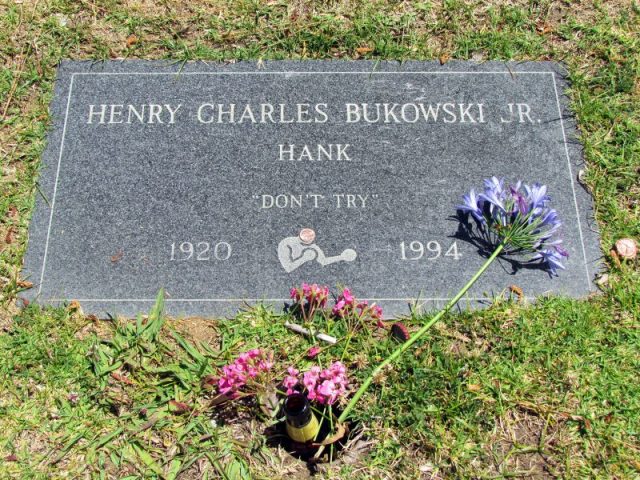
Two words the gritty novelist and poet would offer to aspiring writers about inspiration.
Bukowski explained the phrase thusly: “Somebody asked me: ‘What do you do? How do you write, create?’ You don’t, I told them. You don’t try.”
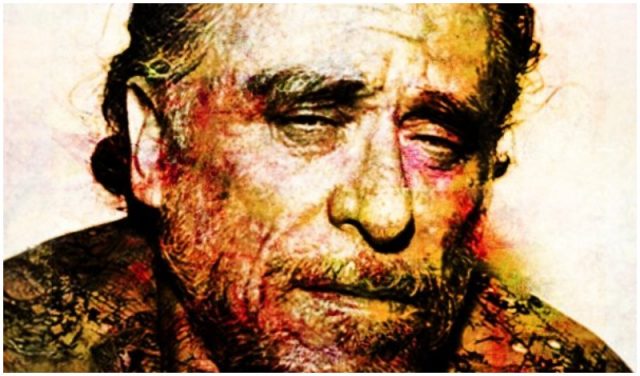
“That’s very important: not to try, either for Cadillacs, creation or immortality.
You wait, and if nothing happens, you wait some more.”
[Green Hills Memorial Park, Rancho Palos Verdes, CA]
HG Wells: Goddamn you all: I told you so.
Boy, did he ever. Among the spot-on predictions that would see the light of day: television, email, genetic engineering, lasers, and the atomic bomb.
The time machine and invisibility? Not so much. (Actually, Wells would be cremated, but he wanted these words to be his epitaph.)
[Golders Green Crematorium, London]
Read another story from us: “Don’t Try” – The Meaning Behind Charles Bukowski’s Gravestone Epitaph
Rest in peace? Hopefully. But these well-known figures weren’t about to enter The Great Beyond without having an iconic last word.
